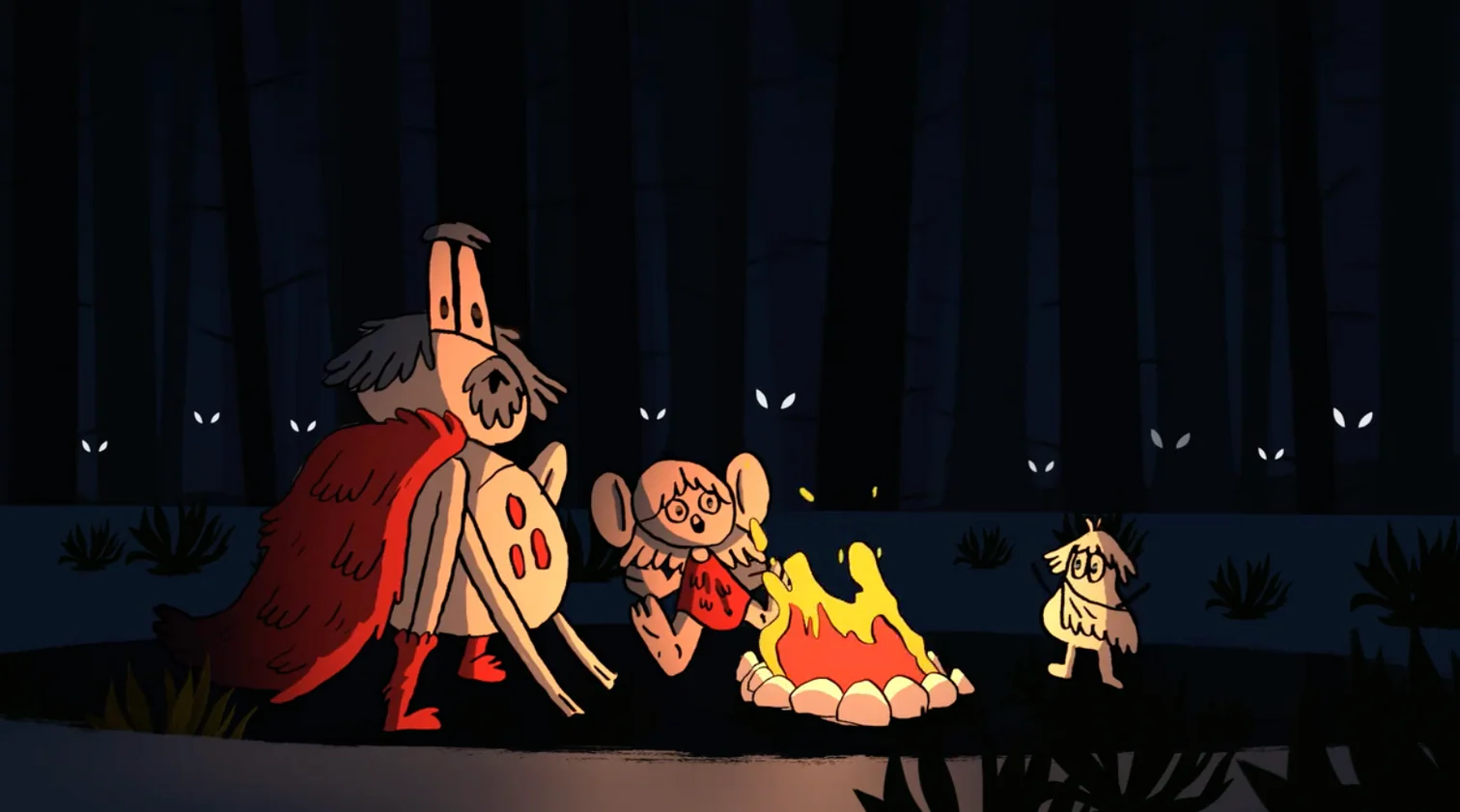Through life, we’ve been taught that storytelling is an undoubtedly important skill to have. But no one ever tells us how to actually tell a good story.
If storytelling is new to you, the best way to get started is to just start telling stories – this is where the Icebreaker Stories Card comes in handy…
Icebreaker Stories
This card gets people to think and talk in a story-ish way. For a story to be compelling it needs to be visual, dramatic and emotive. To help with the visual aspect, you’ll use real images to help form your story. Before your Icebreaker Stories Workshop, put together a collection of random images for your participants to choose from – these can be from magazines or downloaded online.
There are two icebreaker tactics on this card; ‘photo story’ and ‘Love/Hate’. Let’s take a quick look into the Love/Hate tactic:
Step one: arrange or collect lots of random photographs and images.
Step two: ask your participants to take a look at the images and choose one that they’re naturally drawn to.
Step three: tell them to start thinking about a reason why they might love or hate that object. This doesn’t have to be a real reason, it could be imaginary.
Step four: share your views with the rest of the group.
When speaking you can start with, I love this image because.. OR I hate this image because…
This exercise is not only a lot of fun, but it helps you to understand the fundamentals of storytelling:
- Stories are visual, people doing things in a time and place, so photographs or images help your participants to visualise their story.
- We use the words ‘love’ and ‘hate’ because they are emotive.
So even with a simple exercise like love/hate, you tease out the basics of telling a story.
Story Recipes
The Story Recipe cards are used when you need a story to solve a problem that you’ve got. The recipe cards are broken down into different categories. There are stories that; help you connect to people, explain complicated things, motivate people to support your idea, help you lead teams towards a common goal, help you sell, impress and finally, convince people that they should trust your judgement.
Within each recipe there are different story tactics you can try.
Let’s quickly dive into the Stories that Convince Recipe Card…
This card is a recipe that’s designed for experts who need people to listen to them and understand what they’re talking about. These types of experts need to do more than just list some facts for them to be convincing.
Here’s the 5 tactics you’ll find on the Recipe Card:
Now, let’s take a further look into the ‘Trust me, I’m an Expert’ tactic:
No matter what your expertise is, you are not standing outside your story looking in – you are not an impartial, objective voice. YOU are the character in the story… and the role you want to play is the trusted expert.
Step one: Think about your ‘work self’
What kind of expert are you? What are your values? You need to tell your story so people can see your character in action.
Step two: read through these questions and with your answers, you should be able to come up with a true story that shows your character in action:
- What matters more than money? Which parts of your projects would you work on even if you weren’t getting paid?
- What kind of projects would you never work on, no matter how much you were paid? What kind of work would you be embarrassed to share with people you respect?
- When have you done the right thing even though it cost you time, money and reputation?
- Imagine your project fails. Write an obituary that includes the line “at least we…”
- What have you sacrificed for the greater good?
- What values do you share with your client or user? When have you actually done something that they would admire?
You should find that at the end of the exercise, you should have created stories that show your character in action.
For more tips and tactics on learning how to craft stories for business (or pleasure!), check out the Storytelling blog where Storyteller Tactics author Steve Rawling guides you through how to get started with his card deck.


If you leave us your email, we'll let you know if we update this guide based on your feedback.